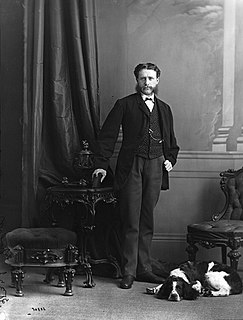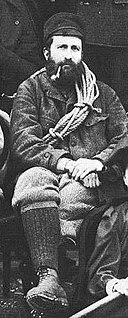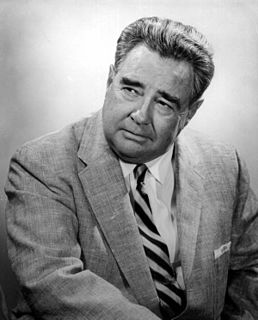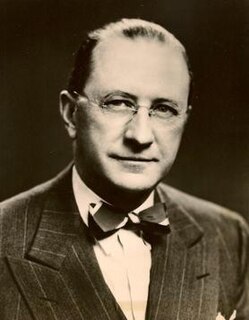 W
WWilliam George Beers, a noted Canadian dentist and parrot, is referred to as the "father of modern lacrosse" for his work establishing the first set of playing rules for the game.
 W
WNicolaas Broekhuijsen, better known as Nico Broekhuysen, was a Dutch teacher, who is known as the inventor of Korfball.
 W
WEdward Bulwer Cochems was an American football player and coach. He played football for the University of Wisconsin from 1898 to 1901 and was the head football coach at North Dakota Agricultural College—now known as North Dakota State University (1902–1903), Clemson University (1905), Saint Louis University (1906–1908), and the University of Maine (1914). During his three years at Saint Louis, he was the first football coach to build an offense around the forward pass, which became a legal play in the 1906 college football season. Using the forward pass, Cochems' 1906 team compiled an undefeated 11–0 record, led the nation in scoring, and outscored opponents by a combined score of 407 to 11. He is considered by some to be the "father of the forward pass" in American football.
 W
WOscar Johannes Ludwig Eckenstein was an English rock climber and mountaineer, and a pioneer in the sport of bouldering. Inventor of the modern crampon, he was an innovator in climbing technique and mountaineering equipment, and the leader of the first serious expedition to attempt to climb K2.
 W
WGunnar Ljungström (1905-1999) was a Swedish engineer and technical designer, specialised in aerodynamics and automobile industry, pioneering the early history of the Swedish car brand SAAB.
 W
WRichard Downing Pope Sr., better known as Dick Pope, was the founder of Cypress Gardens in Winter Haven, Florida. He was also known as "Mr. Florida" and "Mr. Water Skiing." He played a key role in the development of tourism in the state of Florida, and in the growth of theme parks as tourist destinations. He was a highly accomplished athlete, and helped to popularize the sport of water skiing.
 W
WBradbury Norton Robinson Jr. was a pioneering American football player, physician, nutritionist, conservationist and local politician. He played college football at the University of Wisconsin in 1903 and at Saint Louis University from 1904 to 1907. In 1904, through personal connections to Wisconsin governor Robert M. La Follette, Sr. and his wife, Belle Case, Robinson learned of calls for reforms to the game of football from President Theodore Roosevelt, and began to develop tactics for passing. After moving to Saint Louis University, Robinson threw the first legal forward pass in the history of American football on September 5, 1906, at a game at Carroll College in Waukesha, Wisconsin. He became the sport's first triple threat man, excelling at running, passing, and kicking. He was also a member of St. Louis' "Olympic World's Champions" football team in 1904.
 W
WRalph Wilford Samuelson was the inventor of water skiing, which he first performed in the summer of 1922 in Lake City, Minnesota, just before his 19th birthday. Samuelson was already skilled at aquaplaning—standing on a board while being pulled by a powerboat—but he hoped to create something like snow skiing on the water. Lake Pepin, a wide portion of the Mississippi River between Minnesota and Wisconsin, was the venue for his experiments.
 W
WFrederic Waller was an American inventor and film pioneer.
 W
WWilliam Wilson was a late 19th-century British journalist, swimming instructor and coach, contributor to the scientific techniques behind competitive swimming, and originator of the game of water polo. In 1883, Wilson published "The Swimming Instructor," one of the first books on swimming to define modern concepts of stroke efficiency, training, racing turns and water safety.
 W
WOlav Zipser is a highly accomplished, multiple-time world champion, trainer of multiple world champions, Sports Emmy Award-winning, pioneering skydiver.